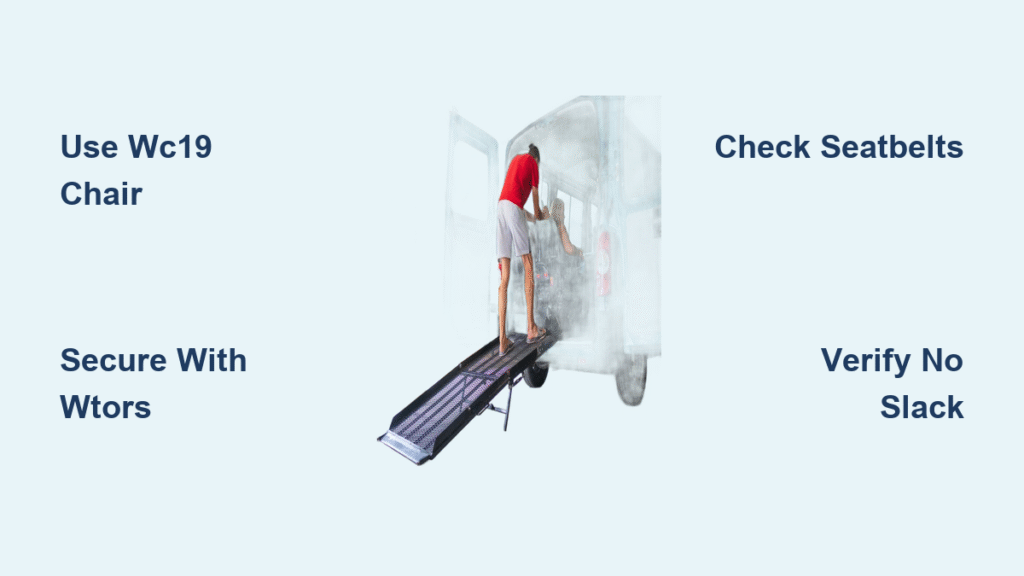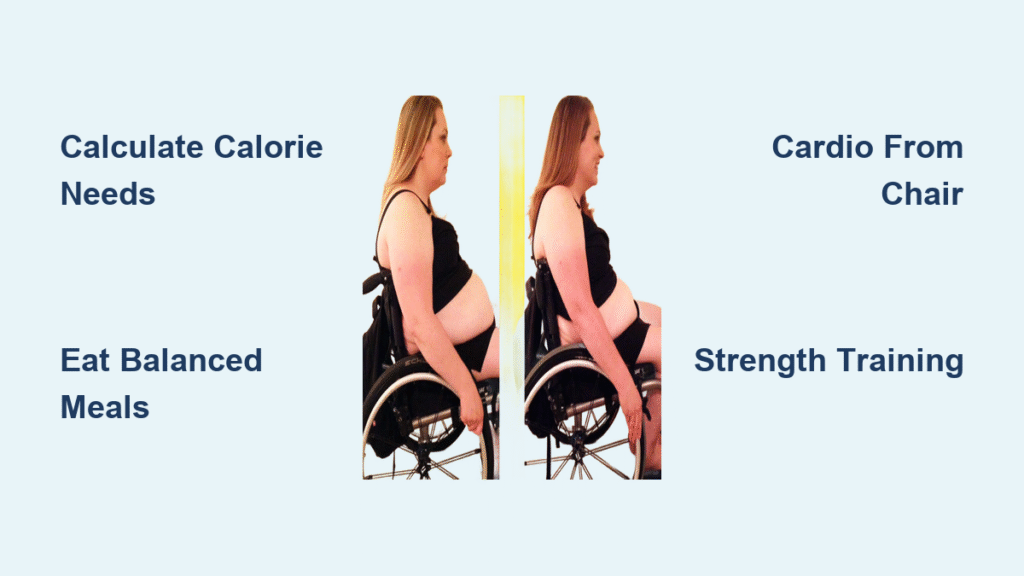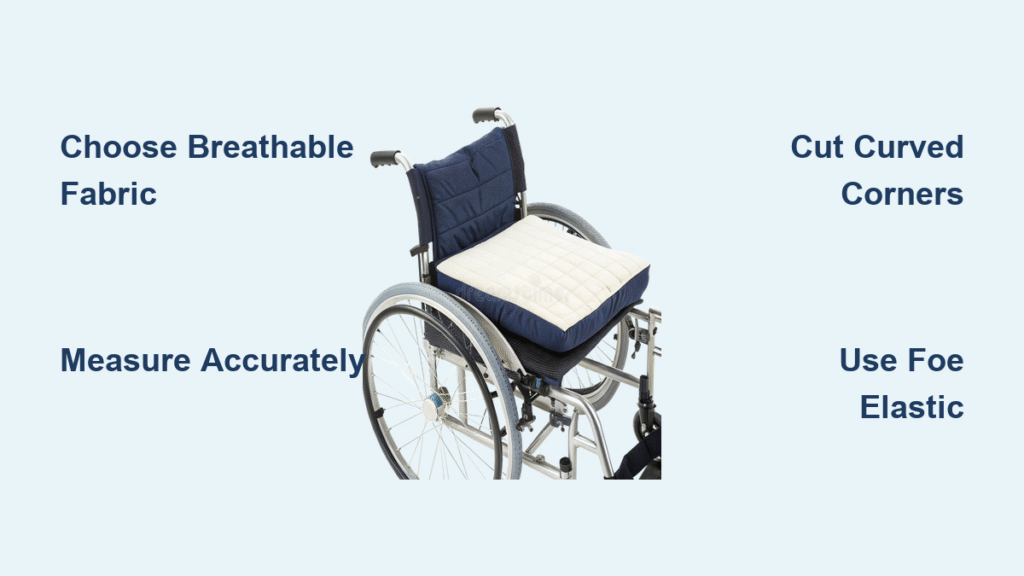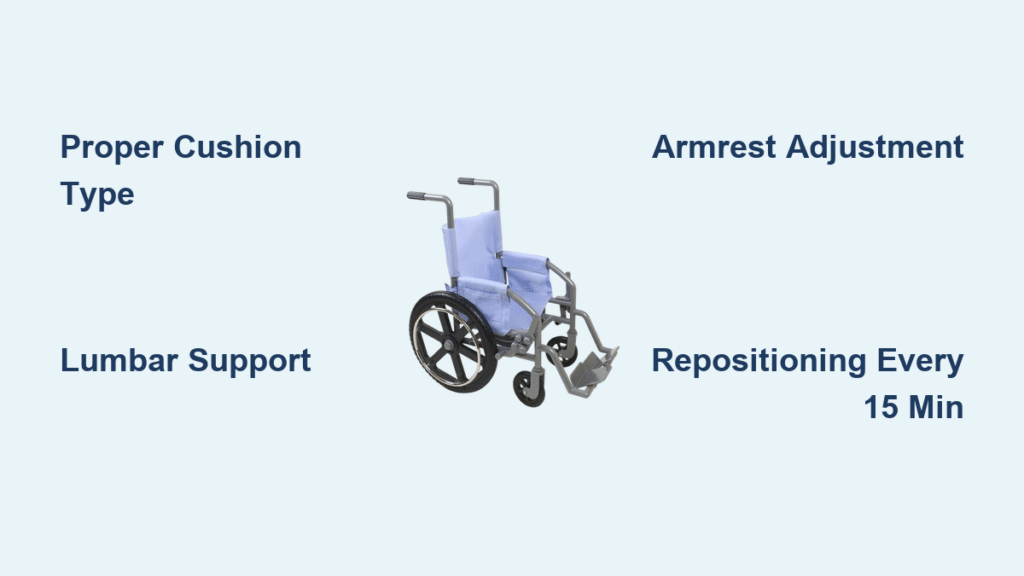Wheelchair users deserve safe, dignified transportation whether heading to medical appointments or family gatherings. When your passenger can’t transfer from their mobility device, knowing exactly how to transport a person in a wheelchair makes all the difference between a stressful experience and smooth journey. This guide delivers practical, life-saving techniques for securing both wheelchair and passenger properly—because every trip should end with everyone safe and sound.
Imagine arriving at an emergency room with your loved one still strapped in an improperly secured wheelchair after an accident. This terrifying scenario happens more often than you’d think when people skip critical securement steps. By mastering these proven methods, you’ll transform routine transportation into a confident, safe experience that protects your passenger during every journey.
When Transferring Outweighs Wheelchair Transport
Why Vehicle Seats Offer Superior Protection
Your first consideration when planning how to transport a person in a wheelchair should always be: Can they safely transfer to a standard vehicle seat? When physically possible, moving your passenger to a vehicle seat with built-in seatbelts provides dramatically better crash protection. This approach eliminates complex securement procedures while ensuring optimal safety during transport.
Recognizing When Wheelchair Transport Becomes Essential
Certain situations make wheelchair transport your only viable option. Severe mobility limitations, medical equipment attached to the chair like oxygen tanks, recent surgeries causing transfer pain, cognitive impairments, or time-sensitive appointments often necessitate keeping your passenger in their wheelchair. Understanding these conditions helps you make informed decisions about how to transport a person in a wheelchair safely when transfers aren’t possible.
Identifying WC19-Certified Transport Wheelchairs
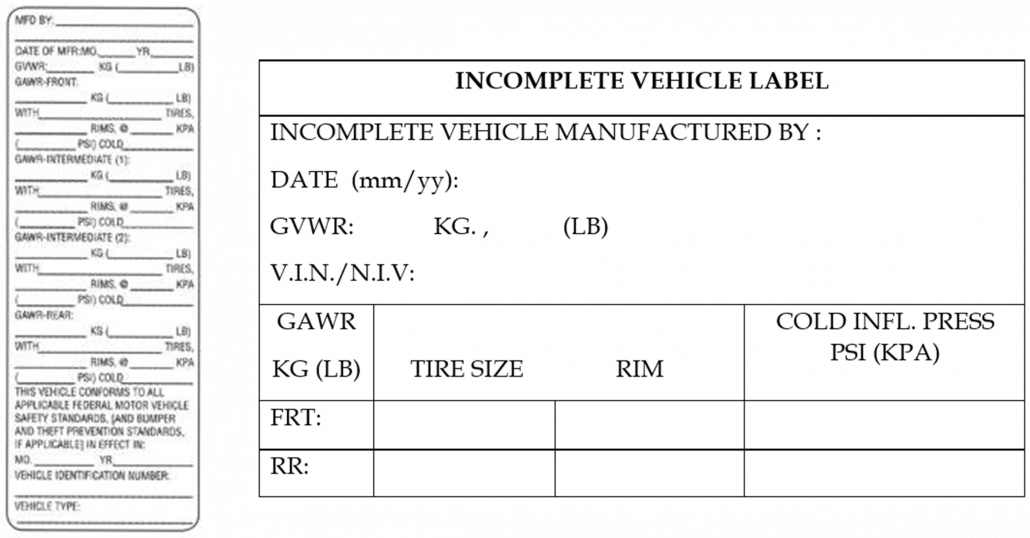
Spotting Crash-Tested Wheelchair Features
A WC19-certified wheelchair transforms from mobility device to vehicle seat during transport. These specialized chairs feature four welded anchor points marked with hook symbols, reinforced frames, and properly fitted three-point seatbelt systems. You’ll find the WC19 label on the frame or documentation, and can verify certification through the University of Michigan Transportation Research Institute’s online database.
Risks of Using Non-Certified Wheelchairs
Standard wheelchairs lack transport-specific safety features, creating significant risks during vehicle travel. While transport remains possible, these chairs require extra attention to securement points and provide suboptimal crash protection. Critical warning: Never attach tie-down straps to removable parts like footrests or armrests—this creates dangerous failure points during sudden stops.
Vehicle Equipment Checklist for Safe Transport

Selecting WC18-Certified Securement Systems
Your vehicle needs WC18-certified Wheelchair Tie-Down and Occupant Restraint Systems (WTORS). These systems include four-point tie-down configurations with two front straps attaching at 45-degree angles and two rear straps securing directly behind anchor points. Essential requirement: All straps must be guitar-string tight with zero slack tolerance to prevent dangerous movement during transport.
Pre-Loading Vehicle Preparation Steps
Before loading your passenger, thoroughly prepare your vehicle:
1. Park in a flat, obstacle-free zone away from traffic
2. Deploy ramps ensuring level ground contact
3. Verify adequate space for ramp or lift operation
4. Allow extra time for safe loading procedures
Pro tip: Always face the wheelchair forward during transport—research confirms this orientation provides maximum safety in accidents.
Securing Wheelchairs: Step-by-Step Procedures
Pre-Securement Wheelchair Setup
Step 1: Brake Engagement
Lock both rear wheel brakes firmly and power off electric wheelchairs completely. Remember: Parking brakes alone cannot withstand crash forces during transport.
Step 2: Optimal Positioning
Face the wheelchair forward with your passenger sitting as upright as possible. Ensure clear exit access for emergencies and avoid reclined positions that compromise safety.
Attachment Point Selection Guide
For WC19 wheelchairs: Connect hooks exclusively to designated anchor points marked with hook symbols. Never attach to removable components.
For standard wheelchairs: Focus on frame junctions where tubes intersect, choosing non-removable structural components while avoiding plastic parts or adjustable mechanisms.
Final Verification Process
Push the wheelchair from multiple angles to confirm zero movement or shifting. Check each strap for equal tension and re-tighten any loose connections. Critical check: All hooks must be properly fastened with no slack in any straps.
Proper Seatbelt Positioning for Passenger Safety
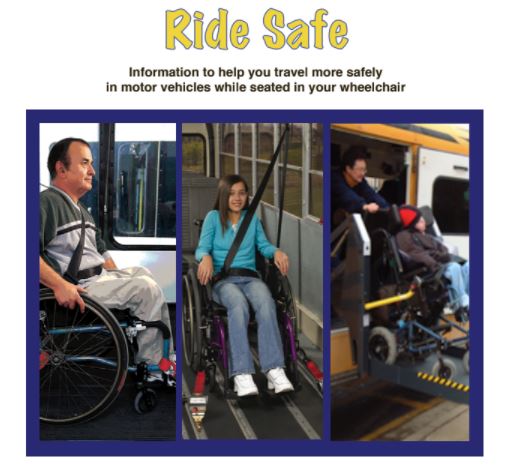
Lap Belt Placement Techniques
Position the lap belt low across your passenger’s hip bones, not their stomach. Thread it between the wheelchair back and armrest—never place over armrests as this creates dangerous slack during sudden stops.
Shoulder Belt Configuration Essentials
Route the shoulder belt across the middle of the shoulder and center of the chest while maintaining direct body contact. Important: Wheelchair positioning belts provide zero crash protection—always use vehicle seatbelts for proper restraint.
Managing Special Transport Challenges
Prohibited Items During Transport
Remove hard lap trays before travel as they become dangerous projectiles during sudden stops. Secure all removable accessories like cup holders separately and follow medical protocols for oxygen tanks and other equipment.
Lift Operation Safety Protocols
Two-person method (recommended): Have one person control the lift from ground level while another guides positioning from inside the vehicle. Solo operation: Secure the wheelchair on the lift platform first, engage all brakes, power off the chair, and use safety straps if available—never leave your passenger unattended on the lift.
Professional Transportation Service Options
Public Transit Accessibility Solutions
Contact your local transit authority about wheelchair-accessible bus routes and paratransit services. Most jurisdictions require physician clearance, and distance limitations may apply. This option typically offers the lowest cost for regular transportation needs.
Private Service Providers
Search “wheelchair taxi [your city]” for local options, with typical costs around $100 for 5-mile trips. NEMTAC-certified providers offer comprehensive door-to-door service with trained staff familiar with medical needs, though at higher cost. Smart tip: Negotiate round-trip pricing when possible to reduce overall expenses.
Post-Transport Safety Verification
Equipment Inspection Routine
After each trip, inspect your WTORS equipment for wear and tear. Check wheelchair anchor point integrity and verify all seatbelt functionality. Schedule annual professional assessments through certified mobility dealers to maintain optimal safety standards.
Incident Response Procedures
If an accident occurs, first assess injuries before moving anyone. Document everything with photos and witness statements, then check equipment integrity before continued use. Review your procedures thoroughly to prevent future incidents when learning how to transport a person in a wheelchair safely.
Essential Resources for Safe Transportation
Trusted Information Sources
Visit travelsafer.org for comprehensive transport safety guides and rercwts.org for Rehabilitation Engineering Research Center resources. The National Mobility Equipment Dealers Association (nmeda.com) provides a certified dealer locator for professional equipment installation and maintenance.
Professional Support Network
Call the Craig Hospital Nurse Advice Line at 1-800-247-0257 for expert guidance. Certified mobility dealers offer tailored solutions for your specific transportation needs, while NEMTAC providers deliver exceptional service coordination and training for complex transport requirements.
Final safety reminder: Properly learning how to transport a person in a wheelchair requires the right equipment, correct techniques, and regular practice. When in doubt, consult certified professionals who can assess your unique situation and provide personalized solutions that keep your passenger safe during every journey. Safe travels begin with knowledge—implement these techniques to transform transportation from a source of anxiety to a confident, secure experience.

